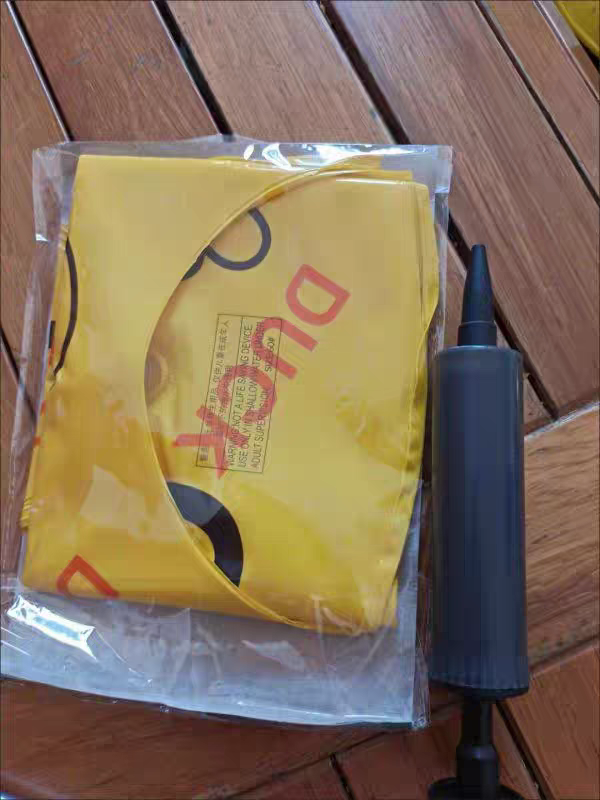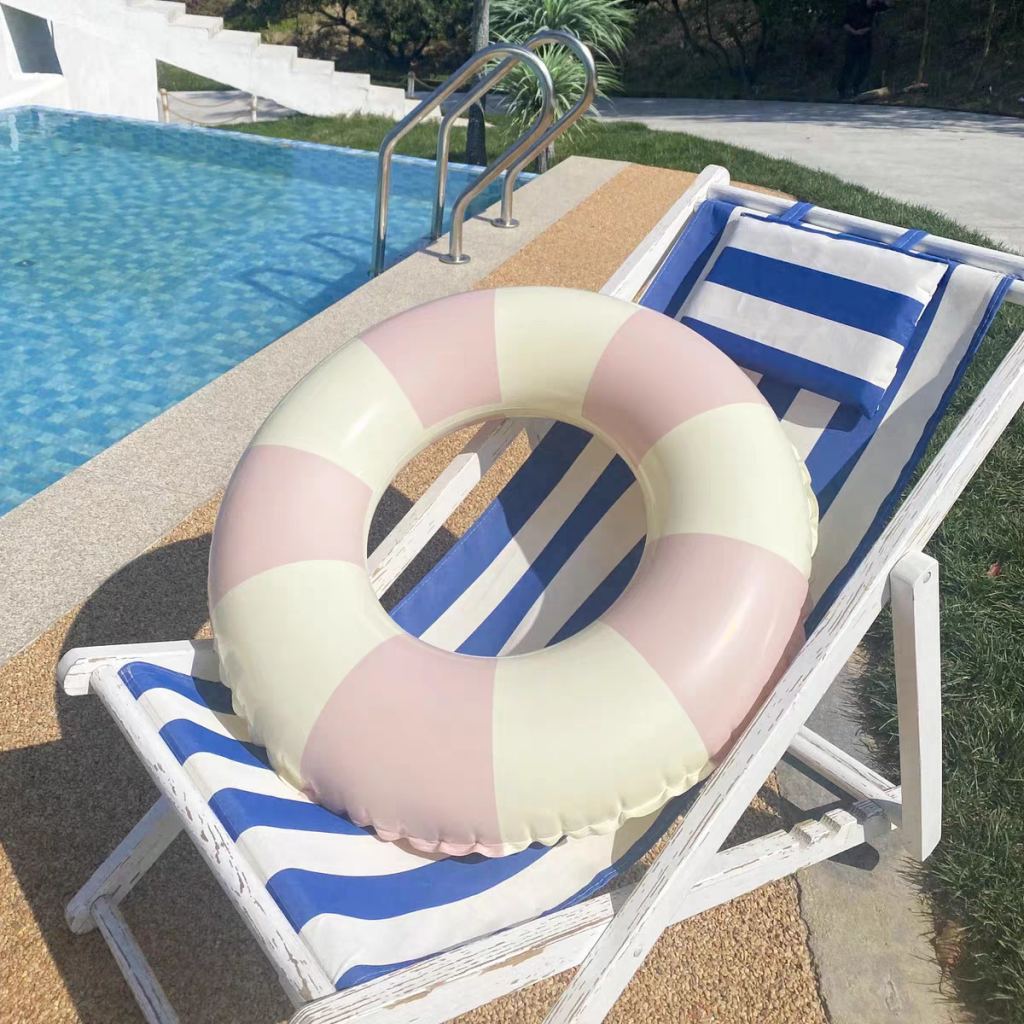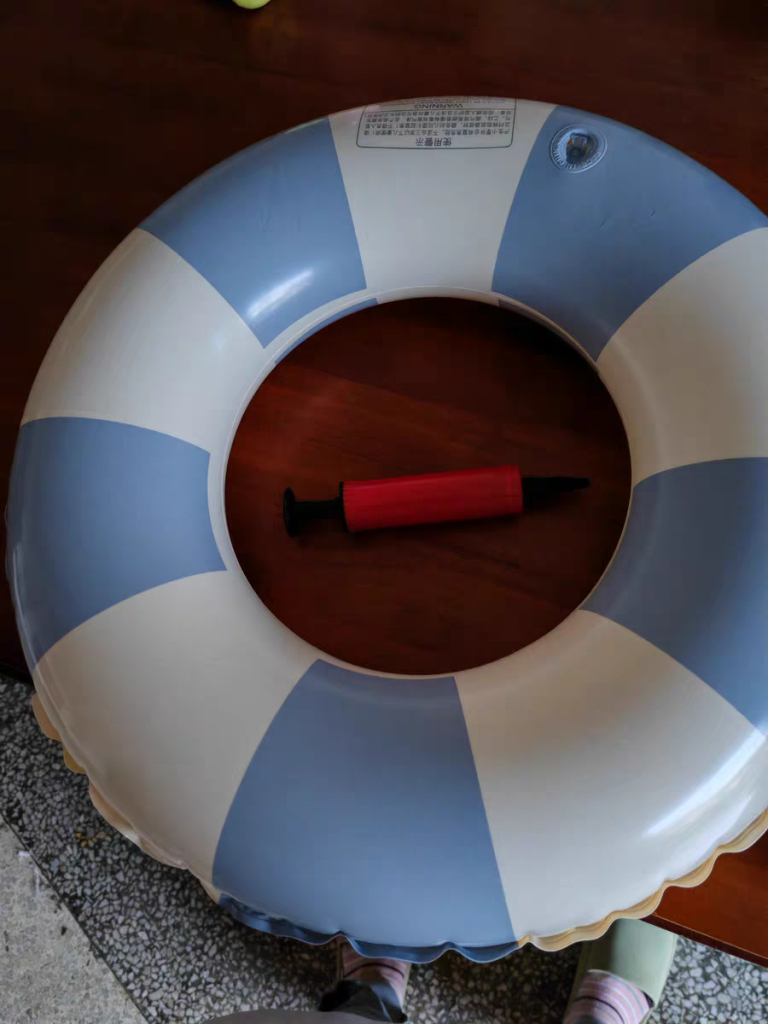In today’s competitive aquatic leisure market, businesses face a critical challenge: delivering high-quality swimming rings that meet consumer expectations *without* inflating production costs. Whether you’re a retailer, brand owner, or e-commerce seller, the ability to source cost-efficient swimming rings is key to maintaining profit margins, staying competitive, and scaling operations. Enter cost-efficient swimming ring manufacturing—a strategic approach that combines innovation, streamlined processes, and smart resource management to deliver products that are both affordable and reliable. Let’s explore how leading manufacturers achieve this balance and why it matters for your business.
Why Cost Efficiency Matters in the Swimming Ring Market
The global demand for swimming rings is booming, driven by growing families, tourism, and water sports enthusiasts. However, rising material costs, labor expenses, and logistical challenges can squeeze profit margins. For businesses, cost-efficient manufacturing isn’t about cutting corners—it’s about optimizing resources to offer competitive pricing while preserving quality, safety, and durability. This balance is especially critical for:
– Retailers needing to price products competitively without sacrificing margins.
– Brands aiming to scale production without raising retail prices.
– E-commerce sellers targeting budget-conscious consumers in emerging markets.
1. Advanced Production Technology: Reducing Waste, Boosting Speed
One of the biggest drivers of cost efficiency in swimming ring manufacturing is *technology*. Modern factories leverage automation, precision tools, and smart workflows to minimize waste, accelerate production, and lower labor costs.
– Automated Cutting & Welding: Laser cutting machines and high-frequency welding systems ensure precise, consistent cuts and seams—reducing material waste (e.g., leftover PVC scraps) and eliminating human error. For example, automated systems can cut a batch of 10,000 rings with ±0.5mm accuracy, ensuring every unit meets size and shape specifications.
– Digital Printing: Instead of relying on costly screen printing for custom designs, factories use digital printing technology. This method reduces setup time, lowers ink waste, and supports small-batch orders (even 500 units) with vibrant, fade-resistant colors.
– Streamlined Assembly Lines: By integrating assembly, printing, and quality checks into a single workflow, factories eliminate redundant steps. For instance, a ring can be printed, sealed, and inspected in one continuous process, cutting production time by 30% compared to traditional methods.
2. Optimized Supply Chains: Local Sourcing & Strategic Partnerships
A well-managed supply chain is the backbone of cost-efficient manufacturing. Leading factories source raw materials (PVC, TPU, valves) from trusted local suppliers, reducing logistics costs, tariffs, and lead times.
– Local Material Procurement: By partnering with regional PVC resin manufacturers or TPU suppliers, factories avoid international shipping fees and currency fluctuations. For example, sourcing PVC from a nearby factory might reduce material costs by 15–20% compared to importing from overseas.
– Bulk Purchasing Power: Large-scale manufacturers negotiate volume discounts with suppliers, passing savings to clients. A factory producing 500,000 rings annually can secure lower per-unit material costs than a smaller competitor, enabling it to offer competitive pricing.
– Just-in-Time Inventory: Factories avoid overstocking raw materials by aligning production schedules with client demand. This minimizes storage costs and reduces the risk of material obsolescence (e.g., outdated color palettes).
3. Economies of Scale: Volume Without Compromise
Economies of scale are a game-changer for cost efficiency. As production volumes increase, factories spread fixed costs (equipment, labor, facility maintenance) across more units, lowering the per-unit cost.
– Bulk Order Advantages: For clients needing 10,000+ units, factories allocate dedicated production lines, reducing setup time per batch. This allows them to offer tiered pricing—e.g., $1.20 per unit for 10,000 rings vs. $1.80 per unit for 1,000 rings.
– Flexible Small-Batch Options: Even for smaller orders, factories optimize costs by reusing molds, recycling excess materials, and streamlining workflows. This makes cost-efficient manufacturing accessible to startups or brands testing new markets with 500–5,000 units.
4. Quality Control: Avoiding Costly Rework
Cost efficiency isn’t about sacrificing quality—it’s about *preventing* defects that lead to rework, returns, or reputation damage. Reputable factories invest in rigorous quality control to ensure every unit meets standards, reducing long-term costs.
– Material Testing: Raw PVC/TPU is tested for purity, elasticity, and resistance to UV rays, chlorine, and punctures. For example, a factory might reject batches with impurities that could weaken the material over time.
– Prototype Validation: Before mass production, samples undergo stress tests (e.g., inflation cycles, tear resistance) to identify design flaws. Fixing issues early avoids wasting materials on faulty batches.
– Final Inspection: Every batch is checked for color consistency, printing accuracy, and structural integrity. This step catches defects before shipment, reducing return rates and customer complaints—both of which erode profits.
5. Sustainable Practices: Long-Term Cost Savings
Sustainability isn’t just a trend—it’s a cost-saving strategy. Factories that adopt eco-friendly practices often reduce operational costs while appealing to environmentally conscious consumers.
– Recycled Materials: Using post-consumer recycled (PCR) PVC or biodegradable TPU reduces reliance on virgin materials, lowering raw material costs.
– Energy Efficiency: Factories powered by renewable energy (solar, wind) or equipped with energy-saving machinery (e.g., LED lighting, low-power welding tools) cut utility bills.
– Waste Reduction: Recycling scrap materials (e.g., PVC trimmings) into new products or packaging reduces disposal costs and aligns with global sustainability goals.
Conclusion: Partner with a Manufacturer That Delivers Value
In the swimming ring industry, cost-efficient manufacturing isn’t about choosing the cheapest option—it’s about partnering with a factory that combines technology, supply chain expertise, and quality focus to deliver value. By leveraging automation, optimized logistics, economies of scale, and rigorous quality control, these manufacturers help businesses reduce costs *and* maintain customer trust.
Whether you’re a retailer aiming to undercut competitors or a brand scaling sustainably, cost-efficient swimming ring manufacturing is the key to unlocking growth. Invest in a partnership that prioritizes both affordability and reliability, and watch your business thrive in the global aquatic leisure market.
Article link:https://www.vlefooena.com/manufacturer/4484/




No reply content